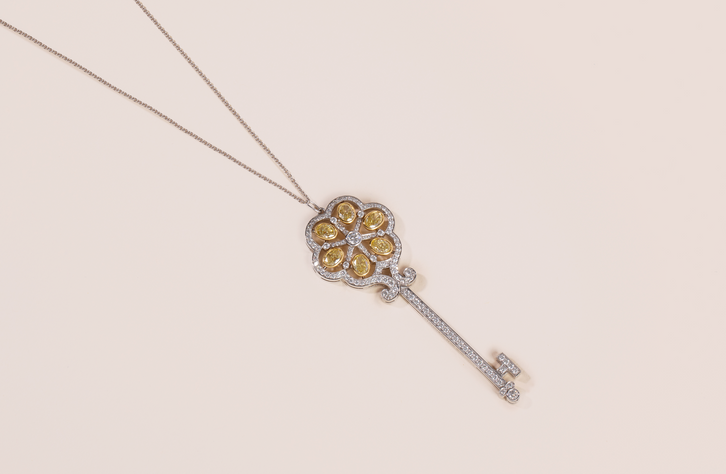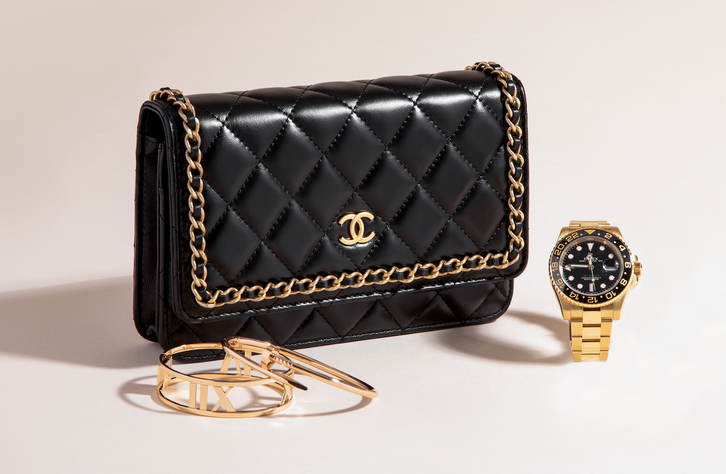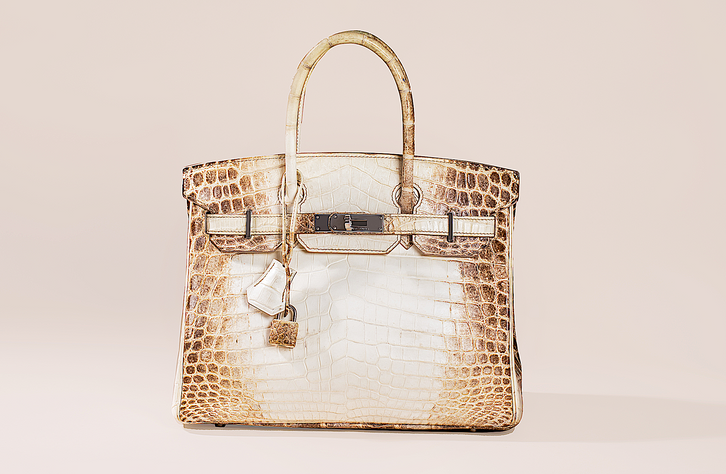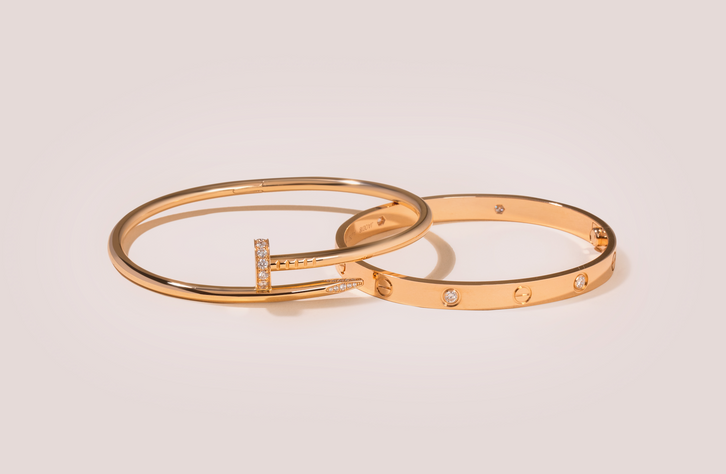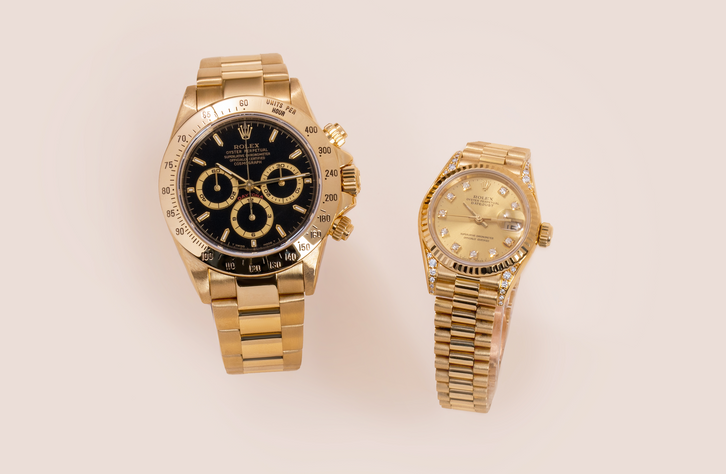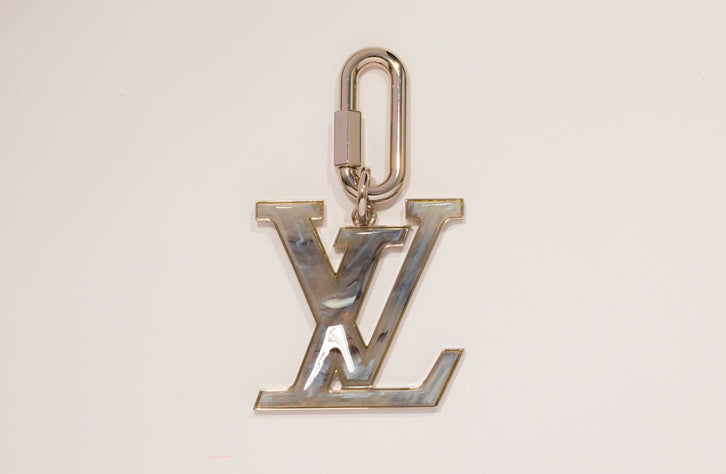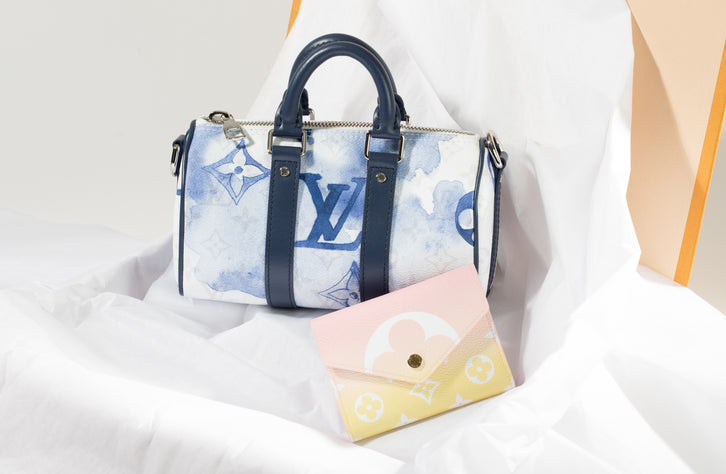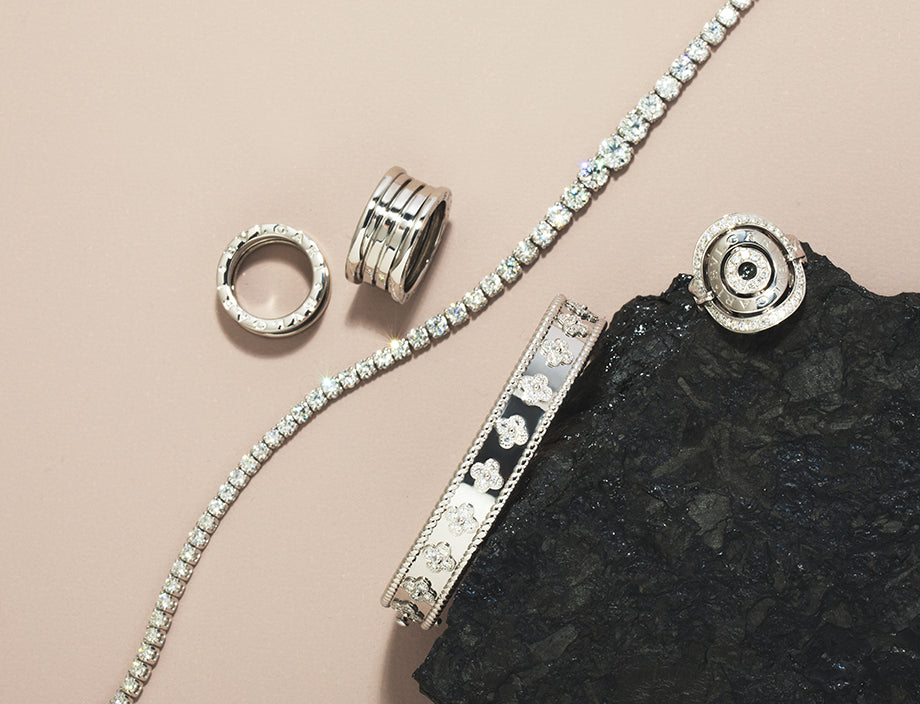Diamonds have long been synonymous with engagement rings, especially since De Beers launched the 'a diamond is forever' campaign in 1947. With an ever growing interest in making eco-friendly purchases, the debate as to what the most sustainable engagement rings are continues.
On the surface, natural and lab-grown diamonds are technically the same. Both have the same chemical and physical properties, resulting in the same end product. Lab-grown diamonds, however, have a lower monetary value than natural diamonds and their eco-credentials are disputed.
Despite the debate of whether lab-grown diamonds are 'real' diamonds (they are), the question we should all be pondering is: what are the most sustainable engagement rings? Let's take a close look at the different types of diamond on the market, and which are most eco-friendly.
What Are Natural Diamonds?
Made from carbon, natural diamonds are the hardest natural known substance on earth and it can take up to three billion years for natural diamonds to be created. The high pressure and temperatures are the conditions needed for a natural diamond to be made.
Although most diamonds are discovered within commercial mines, they are formed inside the Earth’s mantle - the layer of silicate rock located between the earth’s crust and outer core. When seismic activity occurs, such as a volcano eruption, the gems are brought to the surface, allowing the diamonds to eventually be found through mining.
What Are Lab-Grown Diamonds?
Also known as synthetic or man-made diamonds, lab-grown diamonds are gaining traction thanks to a more affordable price. Lab-grown diamonds have the same specifications as natural diamonds, however they are chemically produced in a laboratory instead of naturally occurring in the earth.
Scarcity is what determines that something is rare; exclusivity is what drives up prices. When the demand is higher than the availability, costs increase, which is the case with natural diamonds. As lab-grown diamonds are manmade, they are essentially infinite, which is why a natural diamond ring that might cost millions of dollars could have a replica with a lab-grown diamond that will fetch 50-70% less.
What Are Recycled Natural Diamonds?
Recycled natural diamonds are diamonds that were originally sourced from mining but that are already in circulation. They may have been acquired as loose diamonds or have originally been part of a piece of jewelry and since removed. The benefit of recycled natural diamonds is that you can more often get a better price and they don't encourage further mining.

The Problem With Diamond Mining
The Problem With Natural Diamonds
Natural diamonds were given a bad reputation particularly during the 1980s and 1990s, with the discovery that diamonds were being mined and sold to fund warfare: such diamonds were given the moniker ‘blood diamonds’. Today, these practices have successfully been banished by the diamond industry thanks to a certification scheme.
The current dilemma with newly mined diamonds is the negative and destructive impact on the environment that comes with the mining process. However, there is evidence to show that the diamond industry is adapting and there are positive economic sides to the mining industry.
Large-scale mining is beneficial to economic development, particularly in resource-rich countries with a low socioeconomic status, such as Botswana. On the other hand, small-scale mining however can help poverty and lab-grown diamonds are a big step in technology and innovation.
In 2017, De Beers announced that they would operate a carbon-neutral mine and challenged the claims from lab-grown diamond companies on their environmental claims.
The Problem With Lab-Grown Diamonds
While they are often considered to be a more environmentally friendly alternative to natural diamonds, it takes a lot of electricity to create lab-grown stones - however, it takes half the amount that it does to mine a diamond. On the other hand, S&P Trucost’s 2019 report The Socioeconomic And Environmental Impact Of Large-Scale Diamond Mining found that:
‘The Greenhouse gas footprint per one carat of polished diamond is 160kg CO2e per carat, 69% less than the estimated carbon footprint of lab grown diamond.’
Lab-grown diamonds are often produced in countries such as China and the United States, which predominantly use fossil fuels instead of renewable resources.
Research thereby proves that there isn’t enough concrete evidence to suggest that lab-grown diamonds are the best alternative to natural diamonds. As it stands, there isn’t enough research to confidently say that lab-grown diamonds are a truly sustainable choice.
What Are The Most Sustainable Engagement Rings?
Simply put: pre-owned engagement rings are the most sustainable engagement rings on the market. As with anything, the most ecologically sound way to shop is to buy what is already in existence and doesn’t require further production (or in the case of natural diamonds, mining).
Recycled natural diamonds are the most eco-conscious choice when it comes to purchasing a diamond. They don’t create a demand for mining or and are not created in a lab using vast amounts of energy. They simply make the most of what is already available.
While lab-grown diamonds may or may not offer a more sustainable alternative to newly mined diamonds, recycled diamonds are already on the market and require no further resources to be used.
As a huge industry with enormous economic impact, diamonds aren't going anywhere. Shopping pre-owned, sustainable engagement rings is an eco-conscious route to take. It aids the preservation of valuable resources, such as forest, fuel and water.
How To Sell Engagement Rings
The entire process can take as little as 24 hours. We provide honest price quotes, with no fees or commissions deducted from your final offer. We buy your eco-friendly engagement ring, luxury watches and handbags directly: no online listings or waiting for us to sell on your behalf.
- Sell your engagement ring online: Complete the online form and our experts will be in touch with your bespoke price quote. We will then provide free, fully insured shipping to send your items in. You will be notified when they arrive the following business day and will receive a final price and get paid. There is never any cost or obligation to sell; if you refuse our offer, we return your items free of charge.
- Sell your engagement ring via appointment: Appointments are available in NYC and in the UK. Here you will meet with our experts, receive a final price and get paid.
Celebrities With Recycled Engagement Rings
These earth-conscious celebrities have worn engagement rings with diamonds that were making a comeback.
- Mary-Kate Olsen slipped a 1953 vintage Cartier ring onto her finger when she accepted her 2015 proposal.
- Meghan Markel: Her engagement ring glitters with two recycled heirloom diamonds that once shone for Princess Diana.
- Emmy Rossum wears a vintage round-cut diamond engagement ring from 1920s Paris.
- Kate Middleton said “yes” to Prince William when he proposed with his late mother’s 18-carat ring.
